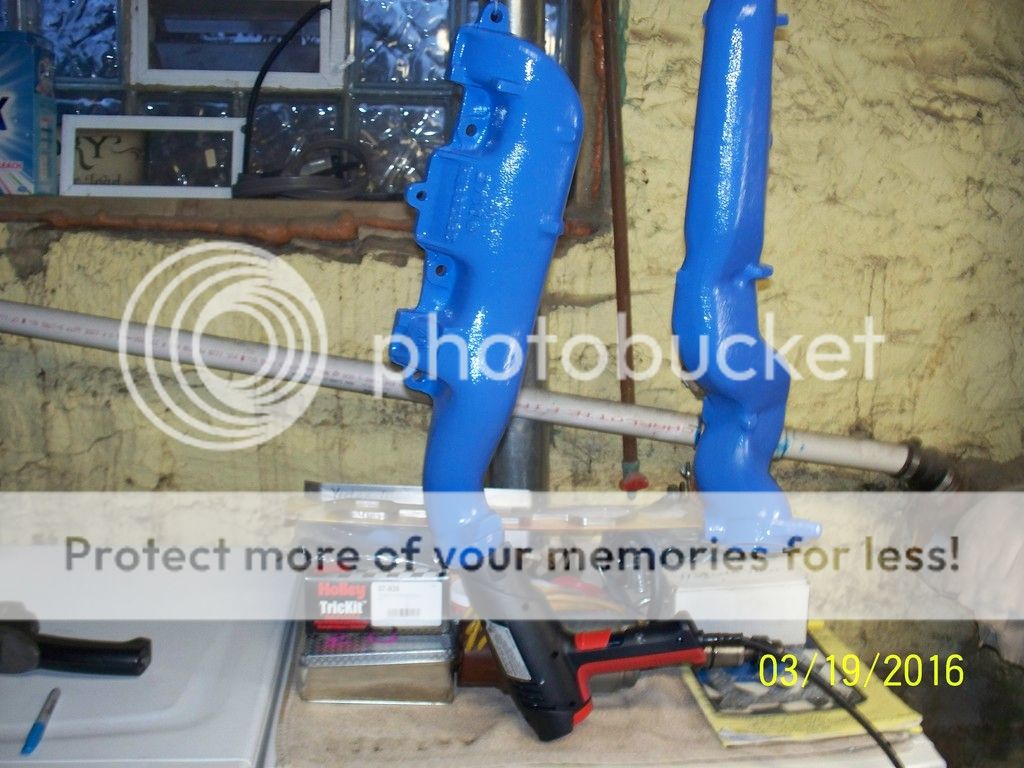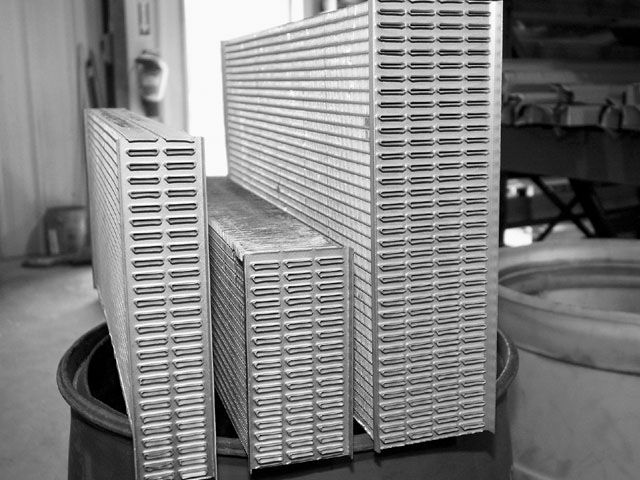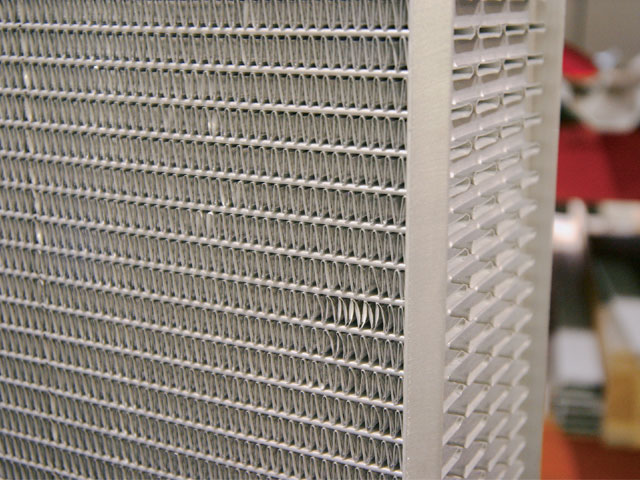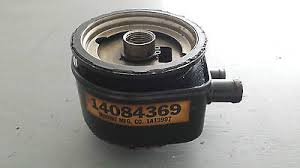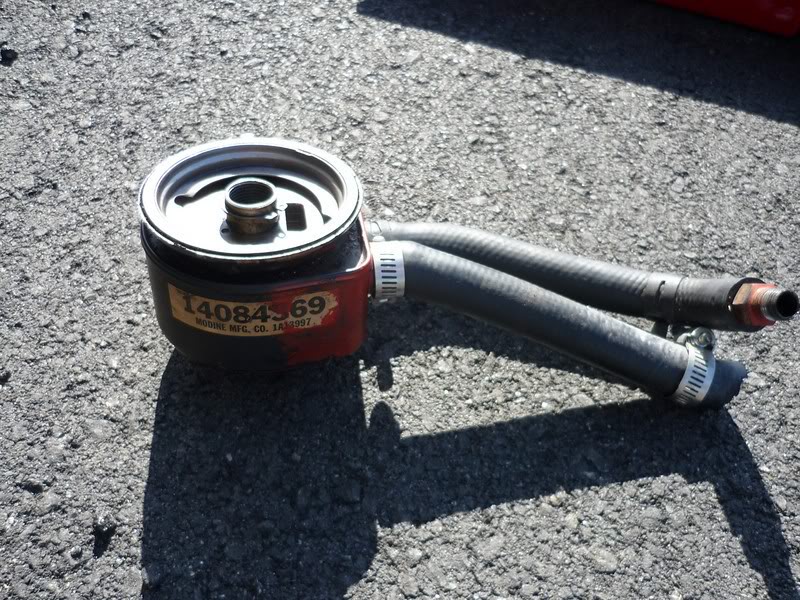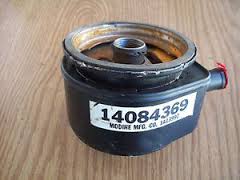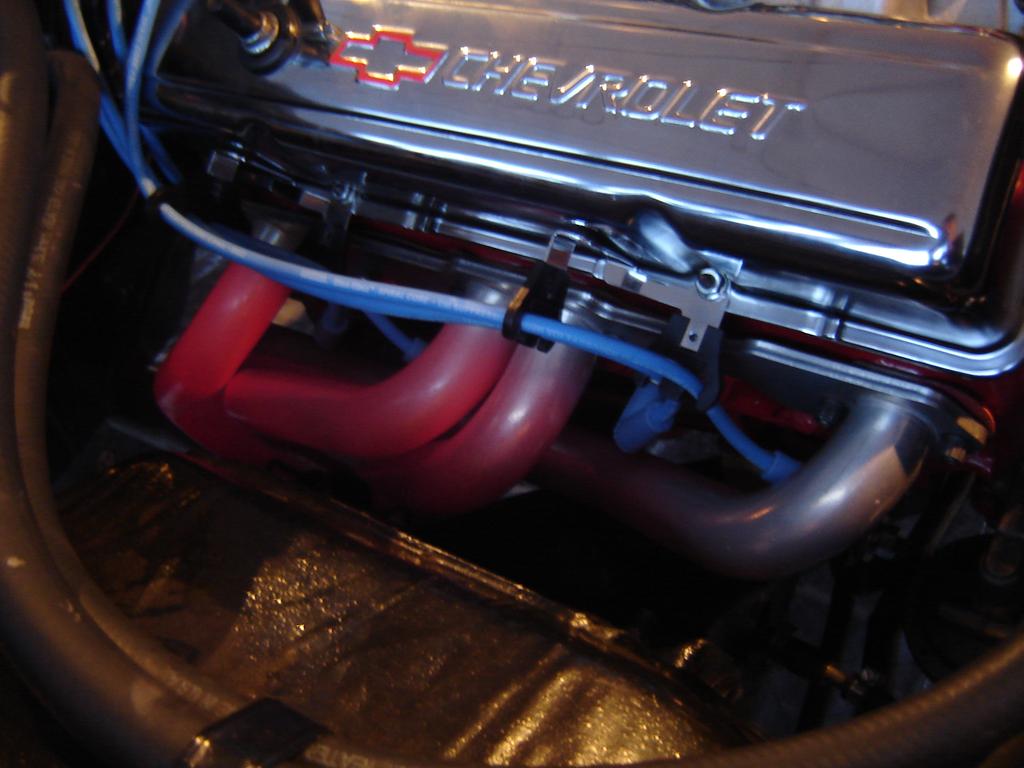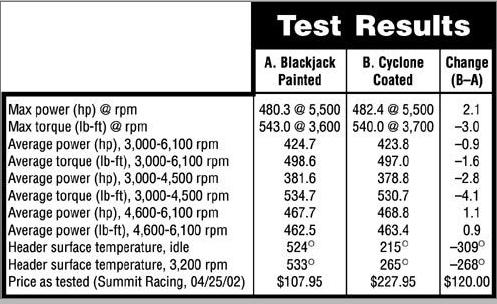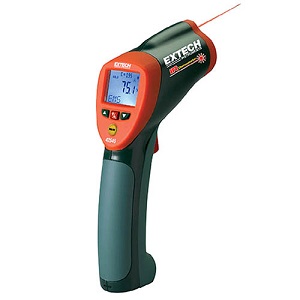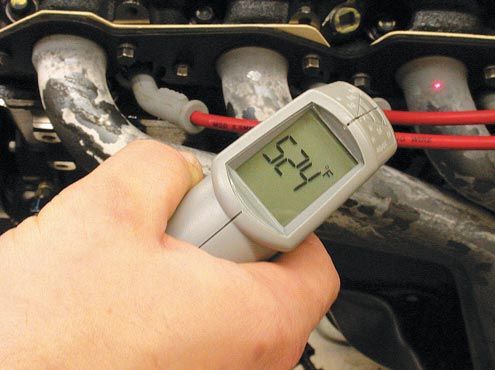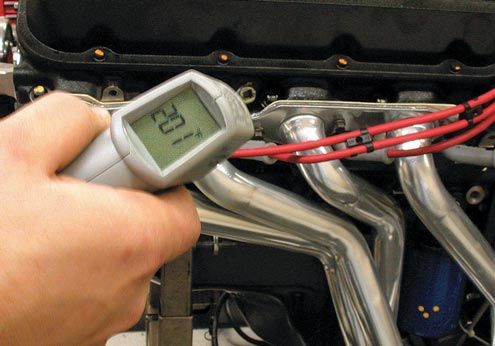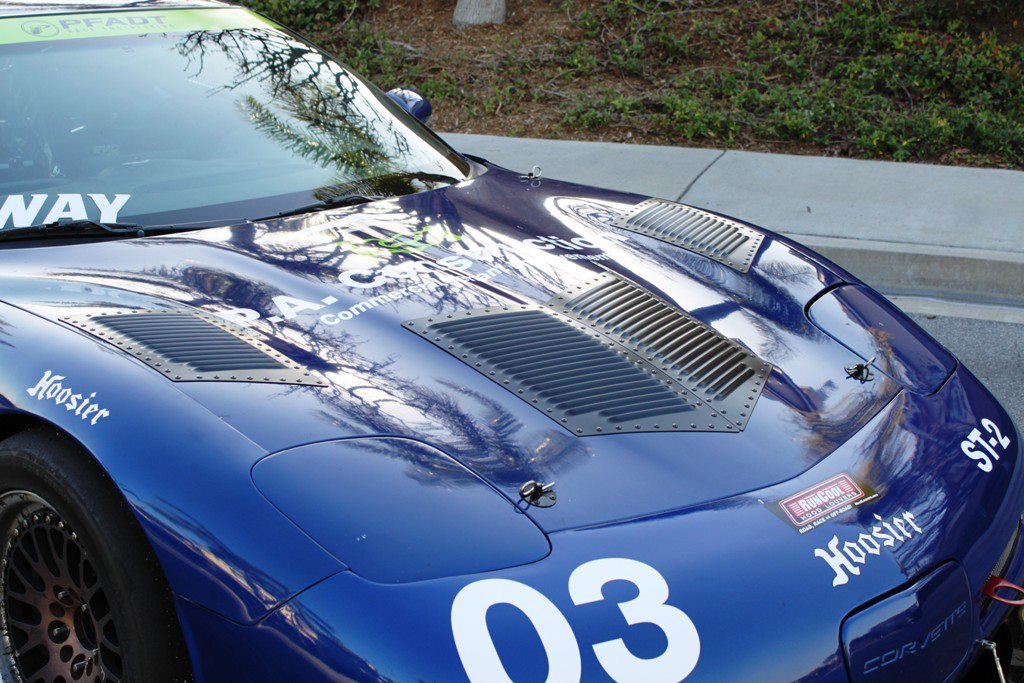Loves302Chevy
"One test is worth a thousand expert opinions."
I have an 84 Trans Am. As you might know, these cars have tight engine compartments, no
front grilles, and lower hood lines than Camaros. When I finally get the 334 re-installed, my
Turbo "bulge" hood should just close - I hope. The intake manifold is a Weiand 8000,
Edelbrock 1904 Quadrajet, and the dual-snorkel air cleaner that came on the 305 HO engines.
I will gain a little room, and hopefully some under hood airflow, by no longer having the
computer control and its wiring & hoses, removal of A/C as well as deleting that huge
heater box, removal of the air pump, and mounting the passenger side mounted alternator
lower. I already removed the "cold-air induction" mechanism from the underside of the hood in
an attempt to let hot air out.
And I swapped the solid inserts in the front bumper for the grille inserts.
Eventually I would like to swap the intake for an Edelbrock Performer RPM Q-Jet, which is
supposed to be worth 20 HP over the Weiand 8000, but it is taller and I would need a taller
hood at that point. Also a taller hood would let me use the 1" taller air cleaner lid and filter for
less restriction.
Some photos (not necessarily my TA):
![[005939].jpg [005939].jpg](https://garage.grumpysperformance.com/data/attachments/6/6004-a74a6f962a2e821f476d64474280e864.jpg)









I am also using SLP stainless steel headers that I will be removing the air injection tubes from,
now that the car will not be computer controlled. I was going to sandblast and paint with Dupli-
Color's new header paint. But I really don't think that will last for very long, so if the cost for
Jet-Hot coatings (or one of the other brands) is reasonable, then I might go in that direction if it
actually reduces under hood temperatures as much as they claim. Does anyone have an opinion
on good header coatings?
To be continued with aftermarket hood choices.....
front grilles, and lower hood lines than Camaros. When I finally get the 334 re-installed, my
Turbo "bulge" hood should just close - I hope. The intake manifold is a Weiand 8000,
Edelbrock 1904 Quadrajet, and the dual-snorkel air cleaner that came on the 305 HO engines.
I will gain a little room, and hopefully some under hood airflow, by no longer having the
computer control and its wiring & hoses, removal of A/C as well as deleting that huge
heater box, removal of the air pump, and mounting the passenger side mounted alternator
lower. I already removed the "cold-air induction" mechanism from the underside of the hood in
an attempt to let hot air out.
And I swapped the solid inserts in the front bumper for the grille inserts.
Eventually I would like to swap the intake for an Edelbrock Performer RPM Q-Jet, which is
supposed to be worth 20 HP over the Weiand 8000, but it is taller and I would need a taller
hood at that point. Also a taller hood would let me use the 1" taller air cleaner lid and filter for
less restriction.
Some photos (not necessarily my TA):
![[005939].jpg [005939].jpg](https://garage.grumpysperformance.com/data/attachments/6/6004-a74a6f962a2e821f476d64474280e864.jpg)









I am also using SLP stainless steel headers that I will be removing the air injection tubes from,
now that the car will not be computer controlled. I was going to sandblast and paint with Dupli-
Color's new header paint. But I really don't think that will last for very long, so if the cost for
Jet-Hot coatings (or one of the other brands) is reasonable, then I might go in that direction if it
actually reduces under hood temperatures as much as they claim. Does anyone have an opinion
on good header coatings?
To be continued with aftermarket hood choices.....











